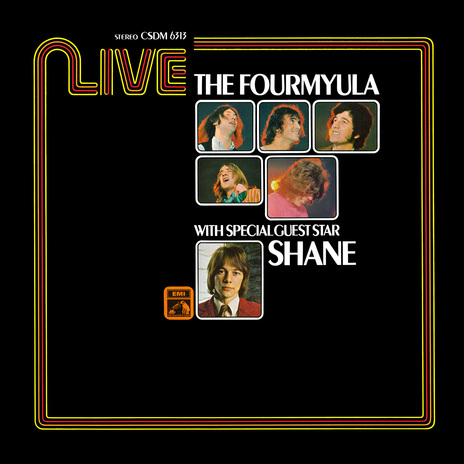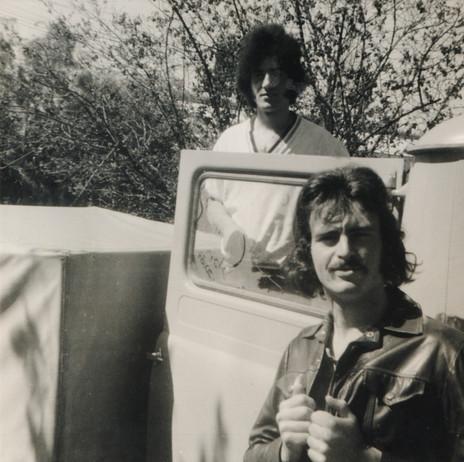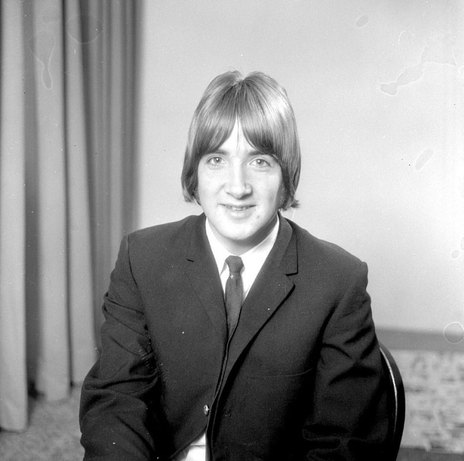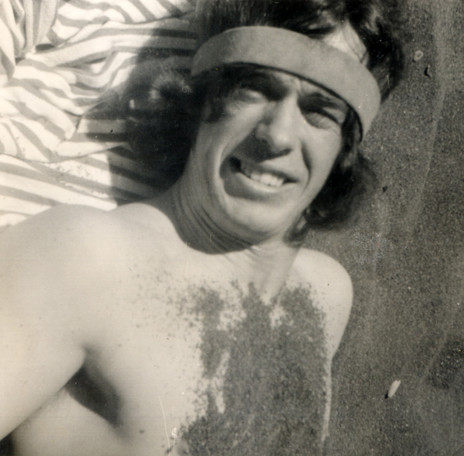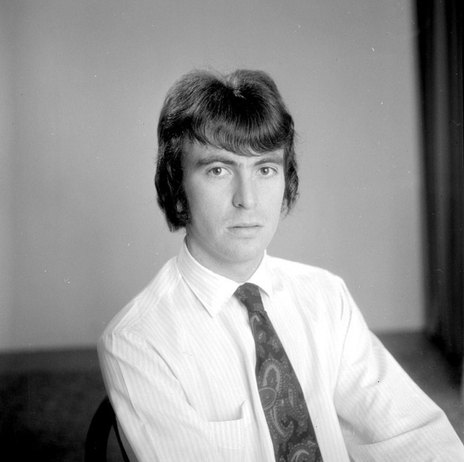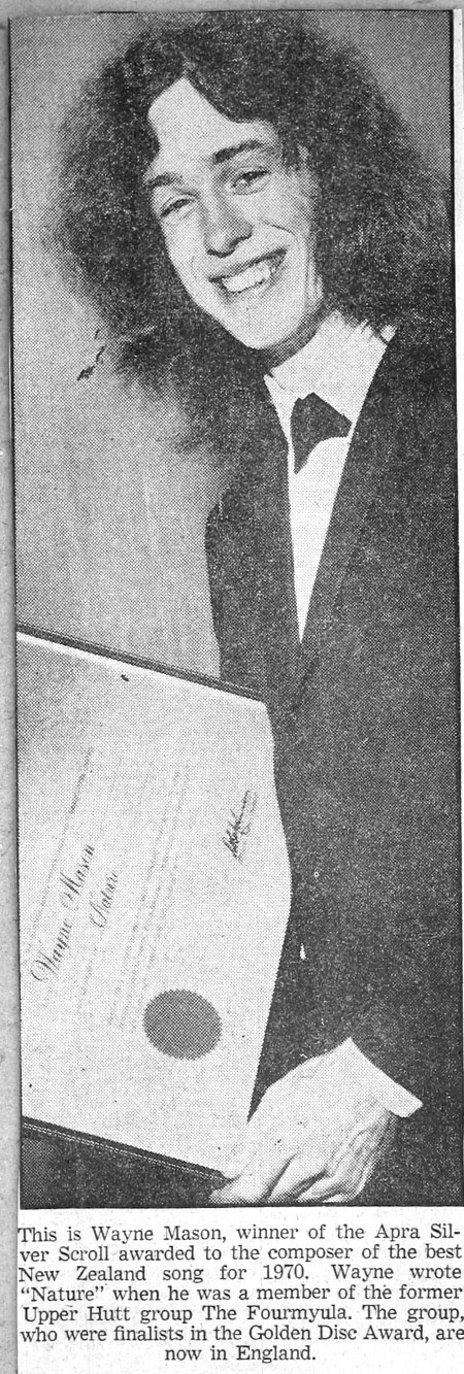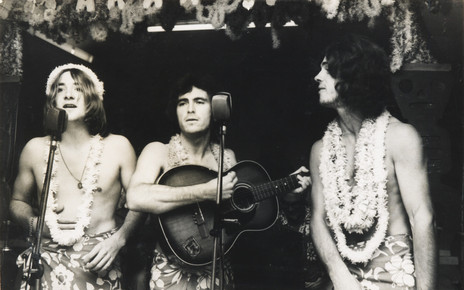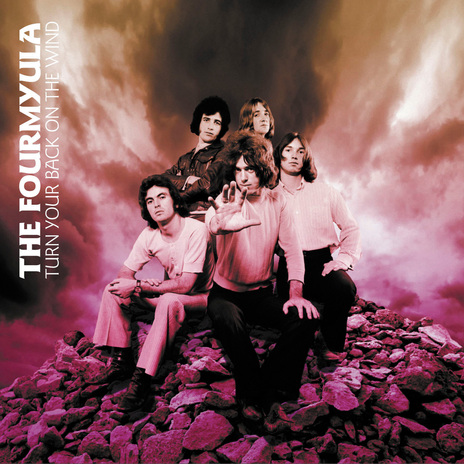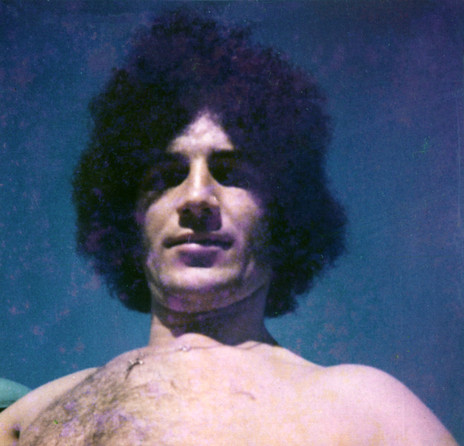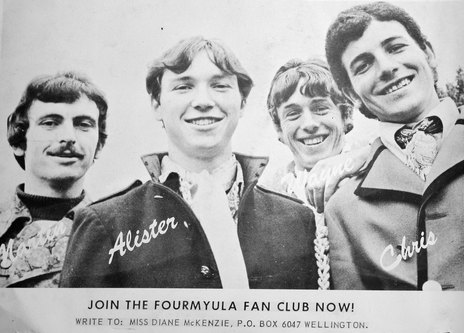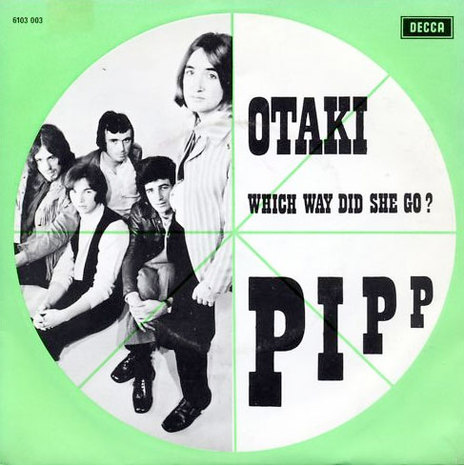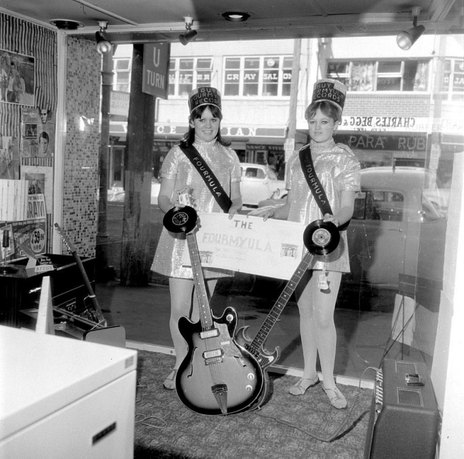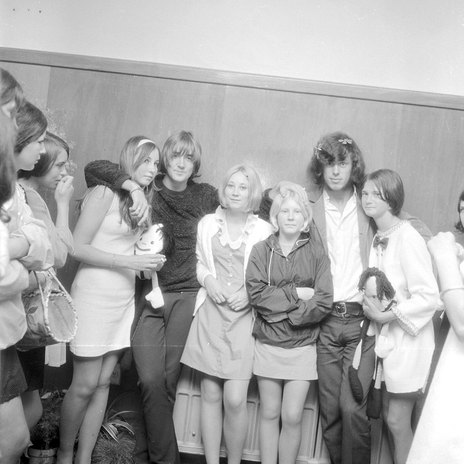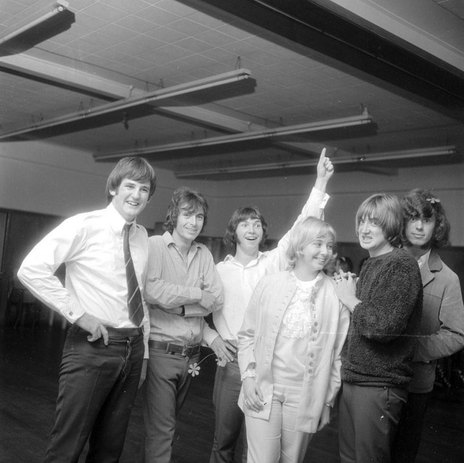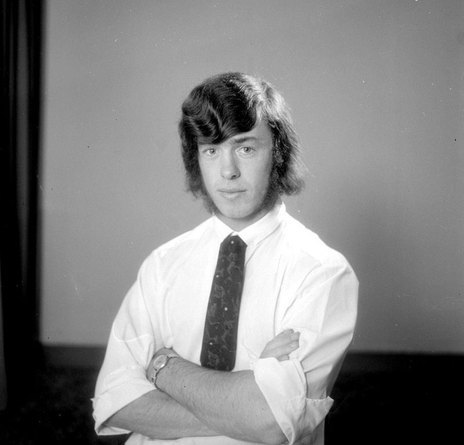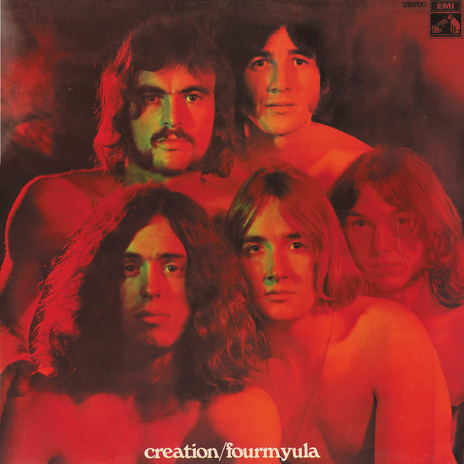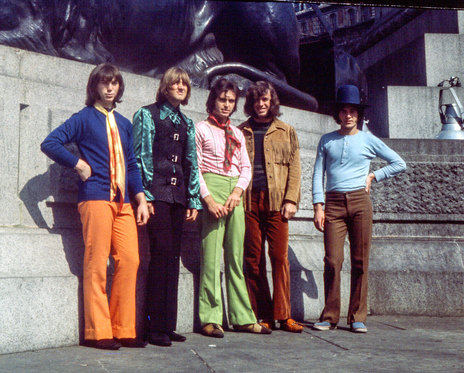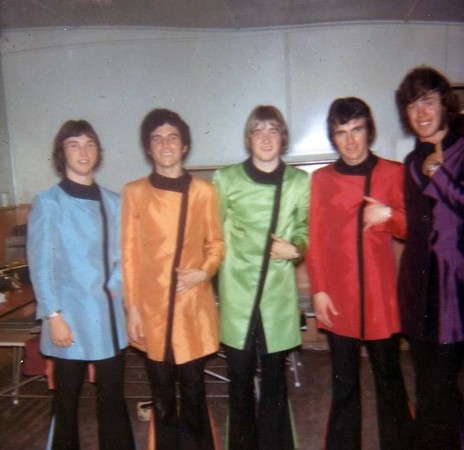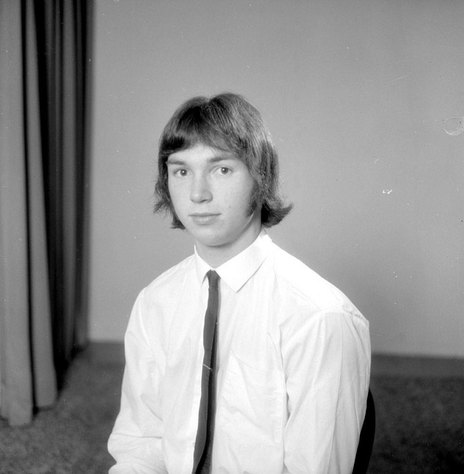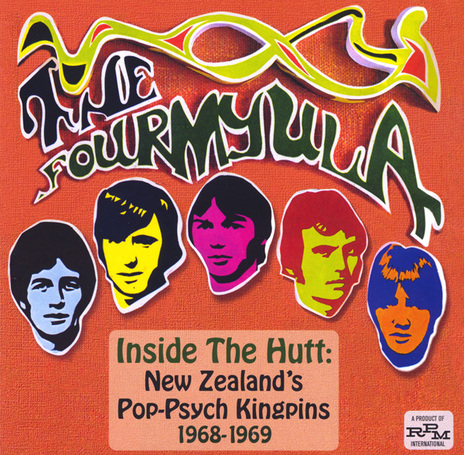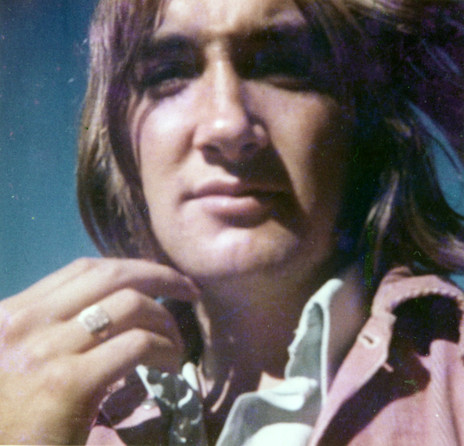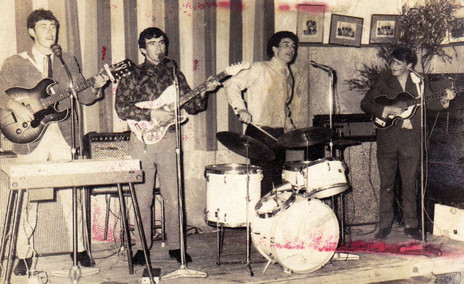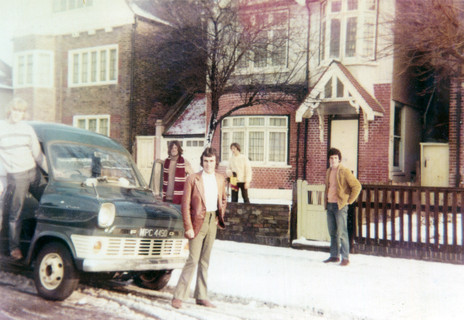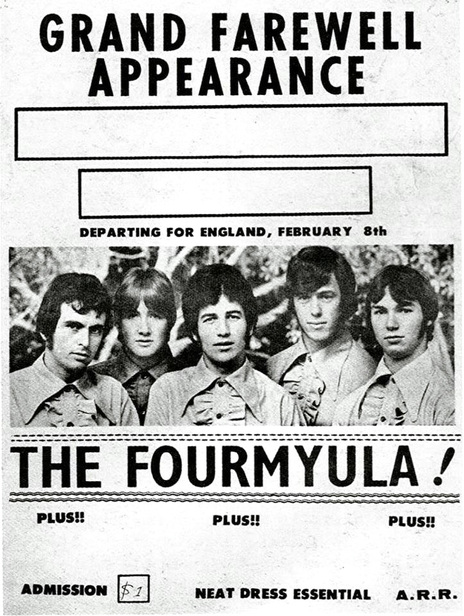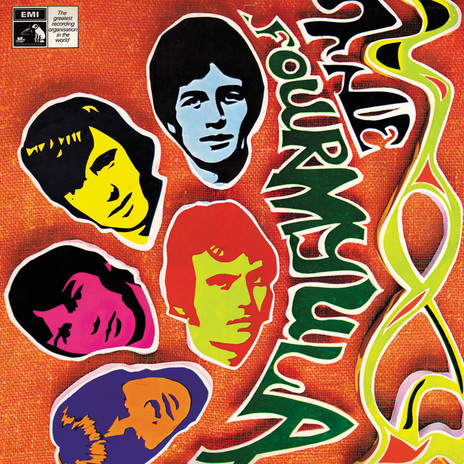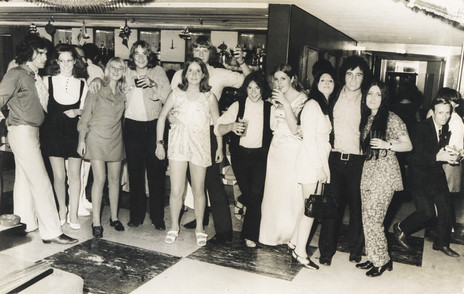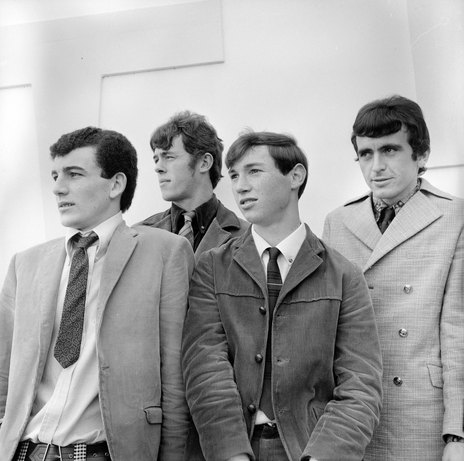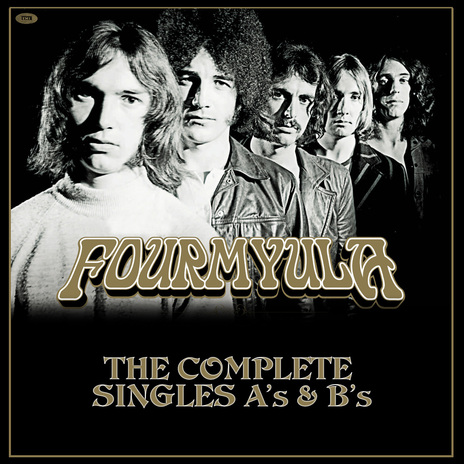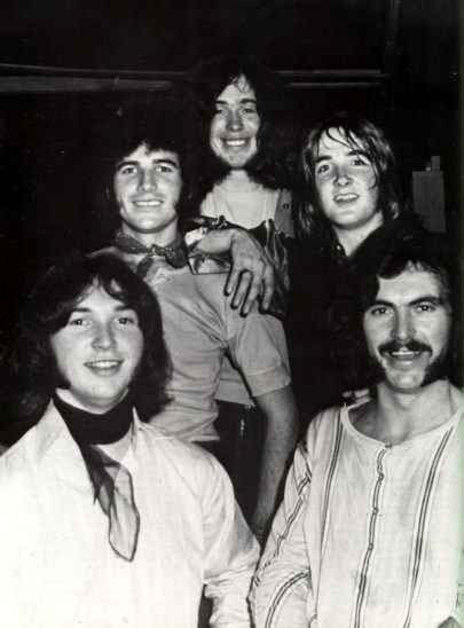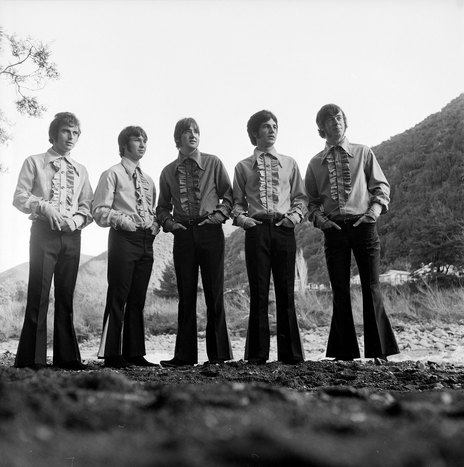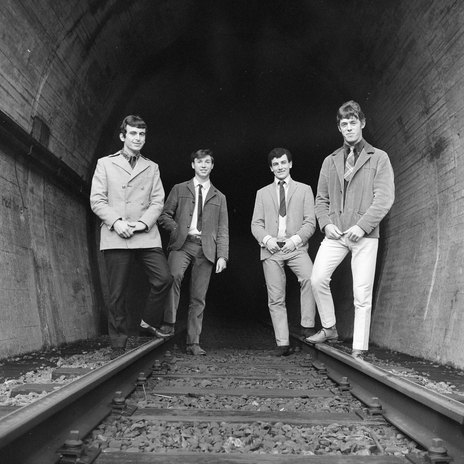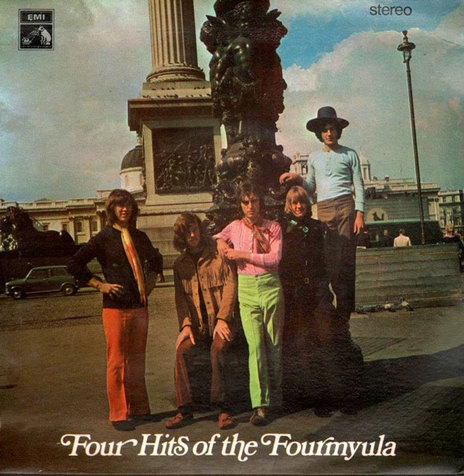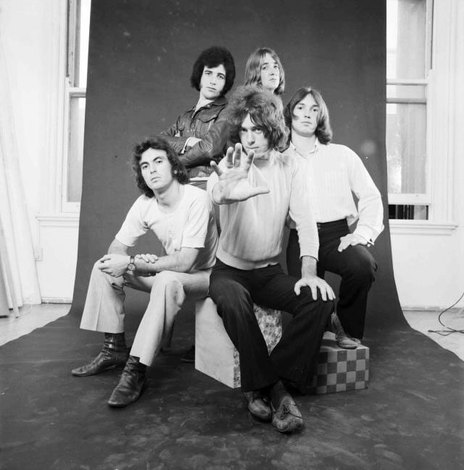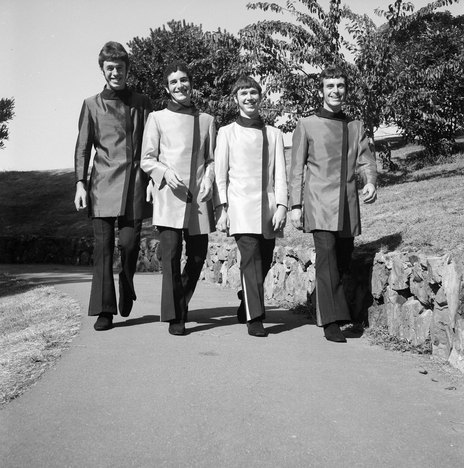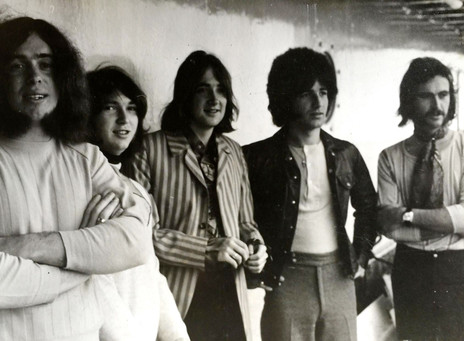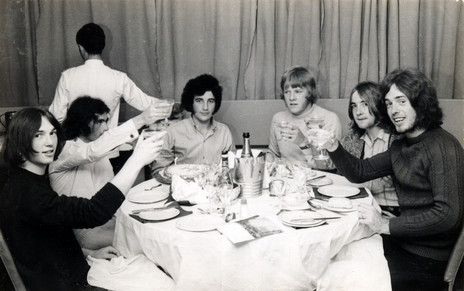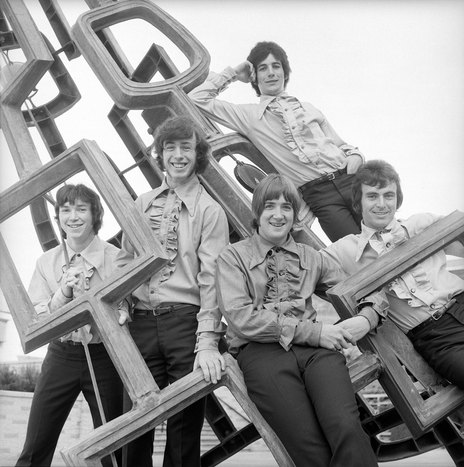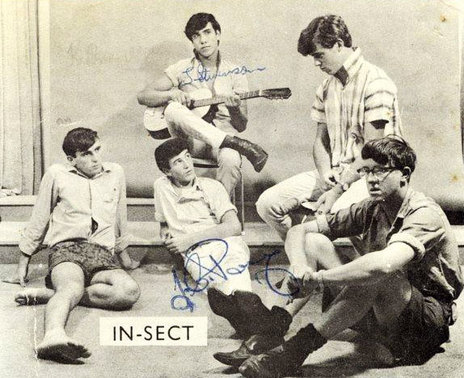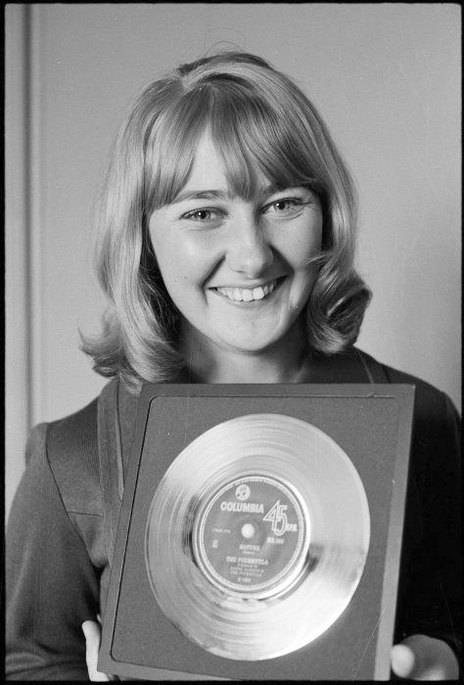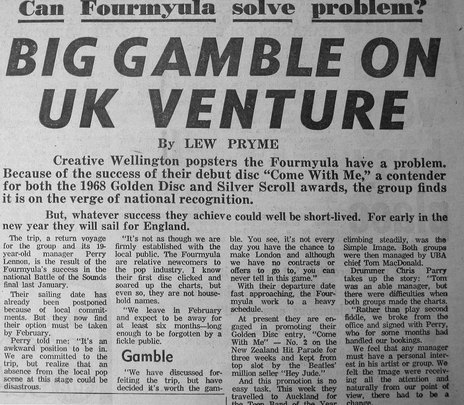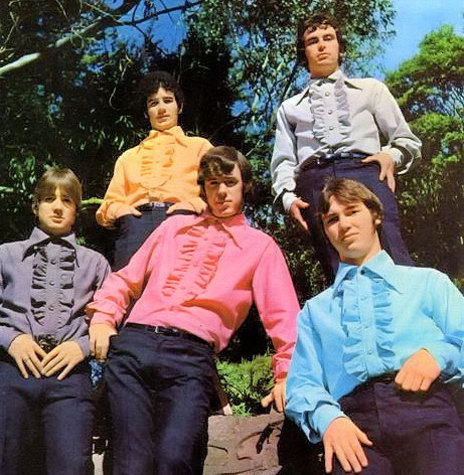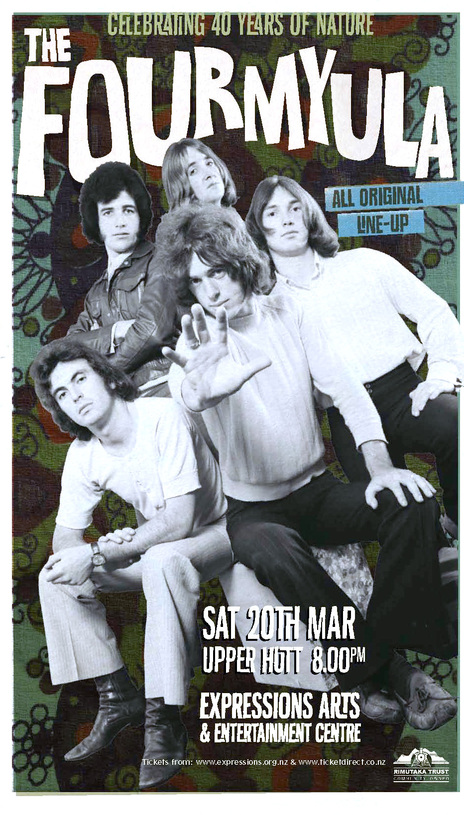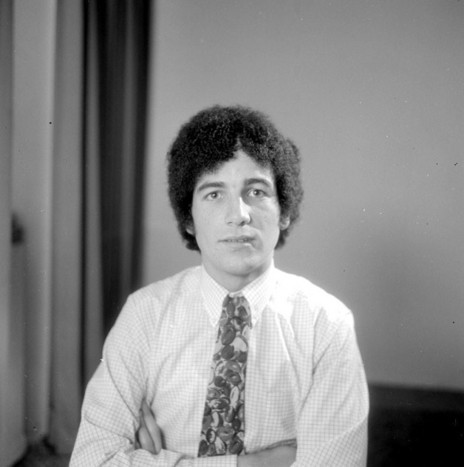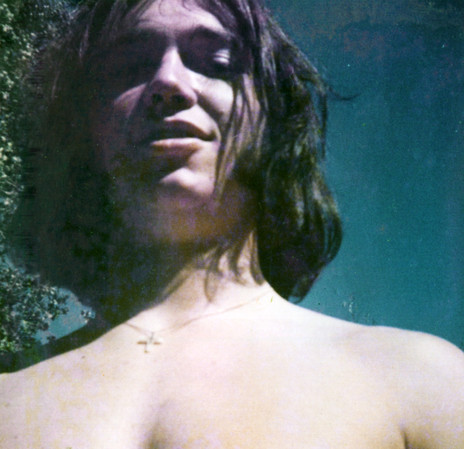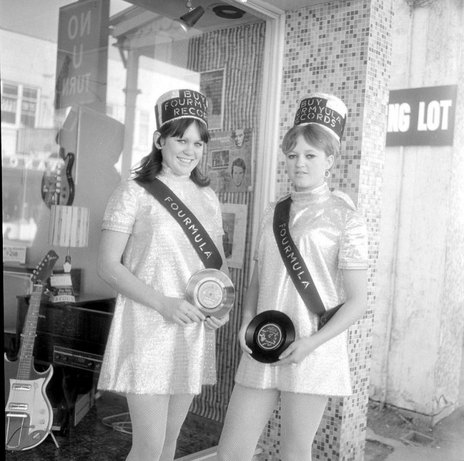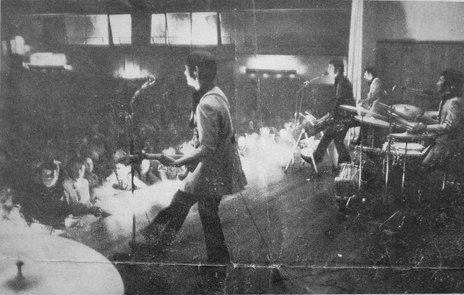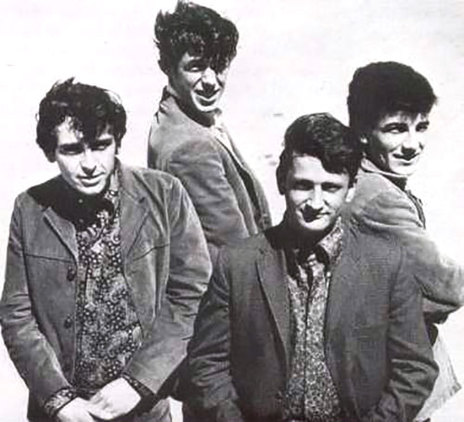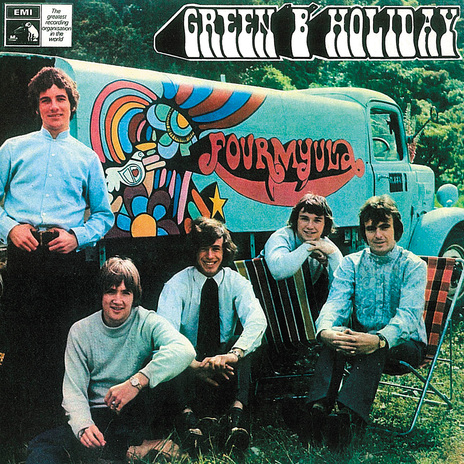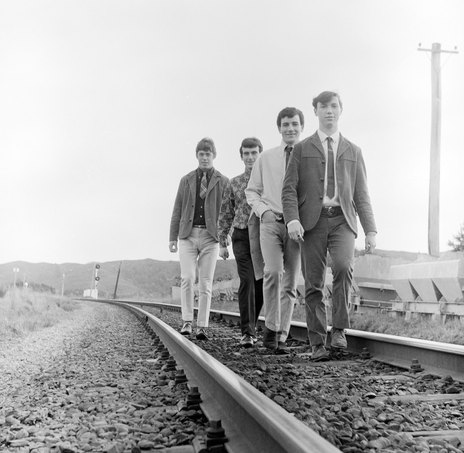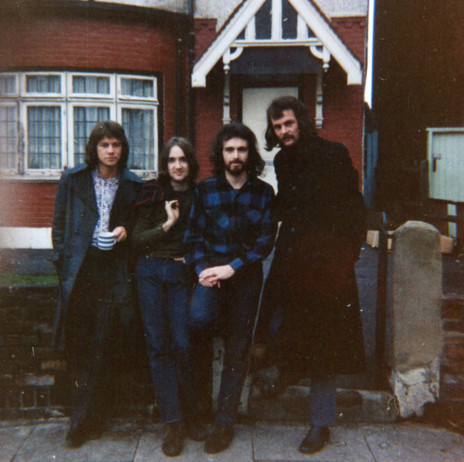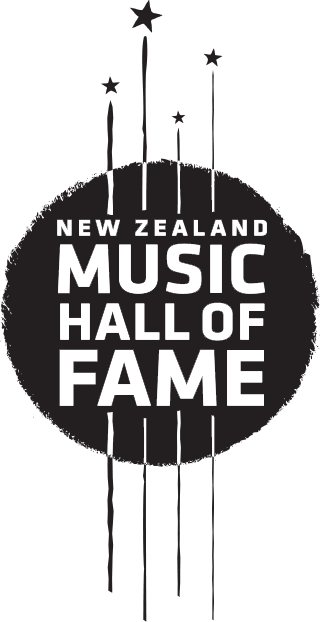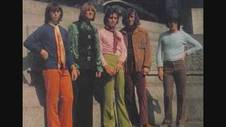The roots of The Fourmyula can be traced to the early 60s when guitarist Martin Hope asked Wayne Mason, a fellow student at Upper Hutt’s Heretaunga College, to join Sine Waves, the school band. Also in the band was Frank Stevenson, later to find fame as singer, actor and television personality Frankie Stevens.
Over the next few years both the personnel and name of the group would go through various changes including In-Sect, but by 1967 they had settled with the line-up of Mason, Hope, bassist Alistair (Ali) Richardson and drummer Chris Parry, and the name The Fourmyula. Vocalist Carl Evensen joined early the following year making the group a quintet, but the name remained: The Five-yula just didn’t sound right.
The group toured incessantly and were a big hit on the youth club circuit. By the end of the year they had their own fan club, which would swell in membership to over a thousand fans.
In January 1968 they won the national Battle of the Sounds competition, earning a trip to the UK as resident band aboard the cruise ship Fairsky. But they deferred their prize until the following year, determined to establish themselves first as New Zealand’s number one pop band.
The HMV recording company signed them and suggested as their first single a cover of a song called ‘Dance On Little Girl’. To the group it sounded like a nursery rhyme and they rejected it. When another cover was suggested (Martha and the Vandellas’ ‘Honey Chile’) The Fourmyula countered with an original, Mason and Richardson’s ‘Come With Me’. Eventually both songs were recorded, but producer Howard Gable conceded the original was the superior track and it went out as the A-side, reaching No.2 on the NZ Top 20 in August 1968.
The success of ‘Come With Me’ paved the way for a string of original chart hits – ‘Alice Is There’, ‘I Know Why’, ‘Start By Giving To Me’, ‘Home’, ‘Forever’, ‘I’ll Sing You A Song’ – all characterised by Mason and Richardson’s infectious melodies and sing-a-long choruses, Evensen’s soulful lead vocals and the whole group’s warm harmonies and imaginative arrangements.
They released their first two albums in rapid succession. The self-titled debut reflected their stage act in its mix of covers and originals, but the second long-player, Green B Holiday, was a milestone in New Zealand pop; an ambitious concept album comprised entirely of Mason-Richardson compositions, themed around a summer tour and immortalising the small towns and local characters encountered along the way.
They successfully secured a recording session at EMI’s legendary Abbey Road studios, where they found themselves working in an adjacent room to The Beatles.
Arriving in the UK in the European winter of 1969, The Fourmyula struggled to break into the competitive music scene. But they successfully secured a recording session at EMI’s legendary Abbey Road studios, where they found themselves working in an adjacent room to The Beatles, who were making what would be their final album. “It was very distracting really, having The Beatles in the next room,” Mason would later recall.
Inspired by new sounds they had heard in Britain, they returned to New Zealand to record Creation, their third and most sophisticated album, which yielded Mason’s evergreen ‘Nature’. With its pastoral imagery and unconventional arrangement (someone plays a suitcase, another shakes a matchbox) it showed The Fourmyula at their most inventive.
But by the time the iconic song had hit No.1 at home, The Fourmyula were on their way back to Britain for another crack at the international scene. Though fame and fortune continued to elude them, they toured Britain and Scandinavia and went into a London studio to cut the rocking ‘Otaki’ – ironically one of their most obviously NZ compositions. The single was released in Europe under the name Pipp, as it was discovered that there was already a group in Britain called The New Fourmula and decided the similarity could cause confusion. The new name meant ‘mad’ in Danish.
They also completed a full-length album, Turn Your Back On The Wind. Combining their Beatlesque melodic sense with the heavier influence of newer bands like Led Zeppelin, it was arguably their strongest work. Adding to sophistication were string arrangements by Richard Hewson, fresh from work on albums by The Beatles and James Taylor.
The title track – arguably the most beautiful song Mason had ever written – was issued as a single in New Zealand, though lack of promotion and the band’s long absence resulted in an uncharacteristically low chart position.
But contractual issues meant the album was never released, becoming one of the great "lost" records of the era. It finally saw daylight 40 years after it was recorded, in a vinyl edition as well as part of the 4-CD retrospective The Complete Fourmyula.
By the end of 1971 The Fourmyula had disbanded, though all its members continued a long and fruitful involvement in the music business, both in New Zealand and overseas. Wayne Mason and Carl Evensen found further local success with Rockinghorse in the 70s while Mason helped form The Warratahs in the 80s. Martin Hope joined The Human Instinct before basing himself in Australia, where he continues to work as a session musician. Ali Richardson eventually returned to the Hutt Valley, while Chris Parry remained in Britain, where he became a high profile manager and producer, founding the Fiction label and playing a pivotal role in the rise of such groups as The Jam and The Cure.
The recordings they made together during a pressure-cooker period of just three years are testimony to a band that challenged itself and raised the bar for all NZ musicians. Enduring and endearing, The Fourmyula’s music remains the essence of great New Zealand pop.
In 2010 The Fourmyula reformed for two shows, playing together for the first time since 1971.
–
The Fourmyula meet The Beatles
